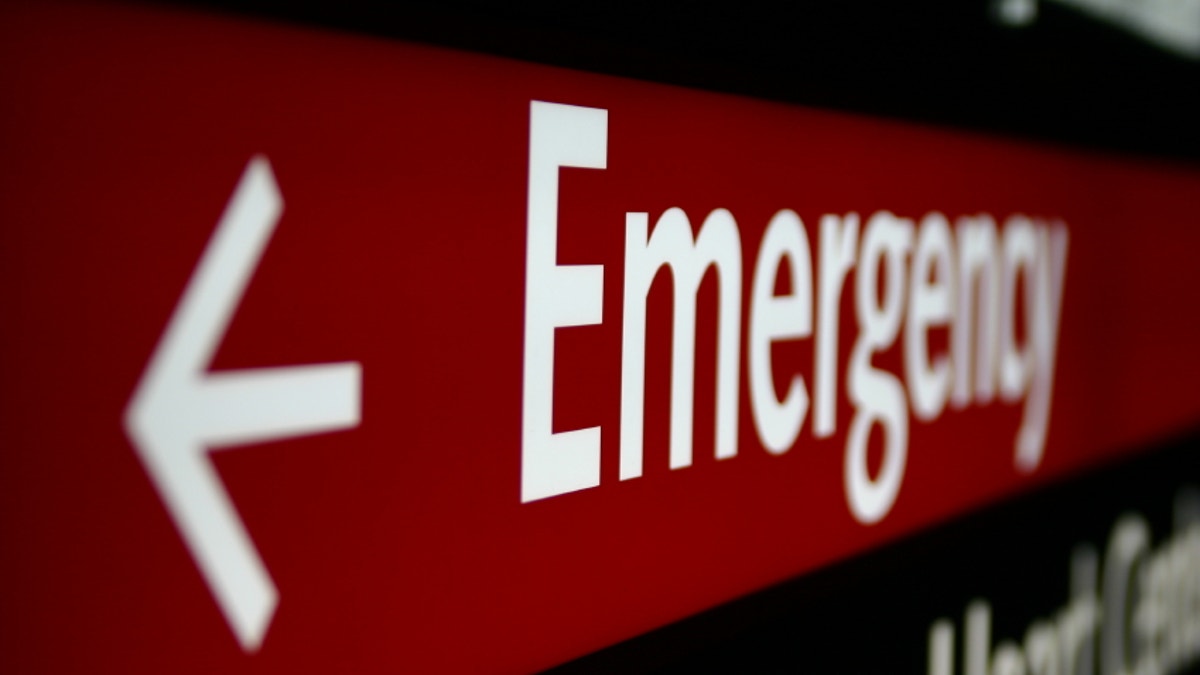
Only about half of stroke patients use emergency medical services (EMS) to get to the hospital, but white women are the most likely to call an ambulance while blacks and Hispanics of both sexes are least likely, a new U.S. study finds.
Race and gender seemed to influence who calls for an ambulance most often, even when the researchers took other factors like age, health insurance, geographic location, medical history and stroke symptoms into account, said lead author Heidi Mochari-Greenberger of Columbia University Medical Center in New York.
“Other factors associated with EMS use among stroke patients, such as the presence of someone else at the time of stroke, education level, or English language proficiency could have contributed to the observed race-ethnic and sex differences,” she said.
Using the F.A.S.T. acronym can help in recognizing the signs of stroke quickly: Face drooping, Arm weakness or numbness, and Speech difficulty mean it is Time to call the EMS line, according to the National Stroke Association.
Any of these symptoms, even if they go away, should trigger a call to EMS, at 9-1-1 in the U.S. or 9-9-9 in the UK, for example.
Mochari-Greenberger and her colleagues used the medical records of almost 400,000 stroke patients admitted to more than 1,600 hospitals participating in an American Heart Association/American Stroke Association quality initiative between 2011 and 2014.
With an average age of 71, half of the stroke patients were women and almost 70 percent were white. Almost 20 percent were black, 8 percent were Hispanic and 3 percent identified as Asian.
Slightly more than 60 percent of white women had been transported to the hospital by EMS, compared to 57 percent of white men. About 57 percent of Asian women took an ambulance, compared to 55 percent of Asian men, the study team reports in the Journal of the American Heart Association.
There was less of a gender difference within the black and Hispanic populations, with African American men and women taking an ambulance about 58 percent of the time and Hispanics about 55 percent of the time.
“Calling 9-1-1 is associated with faster hospital arrival times. Stroke is a medical emergency and the faster a stroke patient gets to the hospital the better the outcome may be,” Mochari-Greenberger said.
Stroke outcome differs by race and gender, and this new study hones in on one factor which may contribute: the likelihood of calling EMS, said Dr. Heather Whitson, senior fellow at Duke University School of Medicine's Center for the Study of Aging and Human Development in Durham, North Carolina.
Cultural differences may influence the racial disparities, particularly in the Hispanic community, with people who do not speak English feeling they will not be able to communicate if they call 9-1-1, Whitson said.
“We could imagine easy policy changes that might modify that,” including making sure EMS operators can communicate in Spanish and targeted education programs informing ethnic minority communities of 9-1-1 services, said Whitson, who was not involved in the study.
Interestingly, women tend to have worse stroke outcomes, but in this study they were more likely to call EMS to get to the hospital, she said.
“Women may recognize symptoms better for whatever reason,” and in older populations women often outlive men, so are more likely to be living alone when they experience stroke symptoms, Whitson said. Calling EMS would be the only way to get to the hospital.
“Some people probably think twice about calling 9-1-1, because they are afraid of the bill afterwards,” Whitson told Reuters Health. “They just hope that right arm will start moving again.”
That cost should be getting smaller, with Medicaid expansion and the Affordable Care Act, she noted.
“Continued research is needed to understand the reasons for race-ethnic and sex differences in EMS use, and to develop programs effective to increase stroke preparedness and action to call 9-1-1 among men and women from all race-ethnic backgrounds,” Mochari-Greenberger said.
